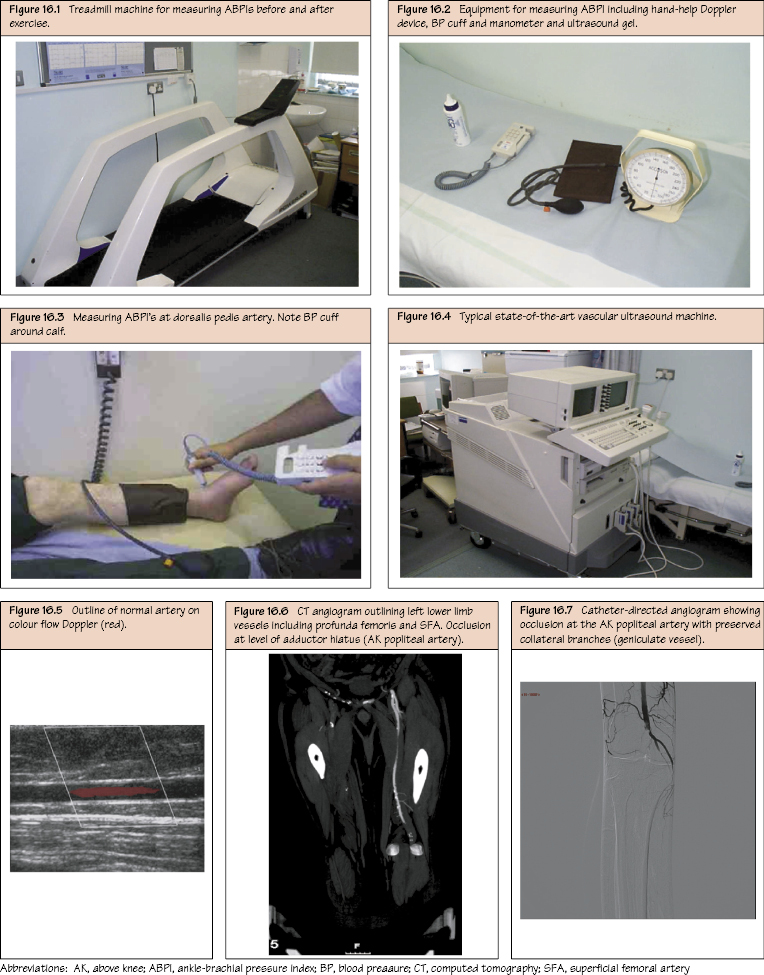Vascular Investigations: Overview Vascular investigations are used in a hierarchical manner to give an objective assessment of disease and to determine if further intervention is necessary. Unfortunately, because of the widespread nature of atherosclerosis and the high incidence of recurrence of disease (and failure of invasive therapy), the vascular specialist must be satisfied that the disease process is serious enough to warrant the intervention. This will vary according to the presentation (e.g. symptomatic control in claudication, stroke prevention in carotid disease, aneurysm rupture risk in AAA). However, many vascular conditions do have internationally accepted, well-established evidence for best management, hence the need for objective investigations. The general health of the patient is also important to consider before embarking on numerous and costly investigations, especially if the patient is deemed unfit for treatment regardless of the outcome of tests (less likely in modern practice because of the less invasive nature of angiointervention compared with historical open surgery). For details on vascular U/S and catheter-based angiography, refer to Chapters 17–22.

General Considerations
Vascular Investigations
Non-Imaging
Imaging
Stay updated, free articles. Join our Telegram channel

Full access? Get Clinical Tree


